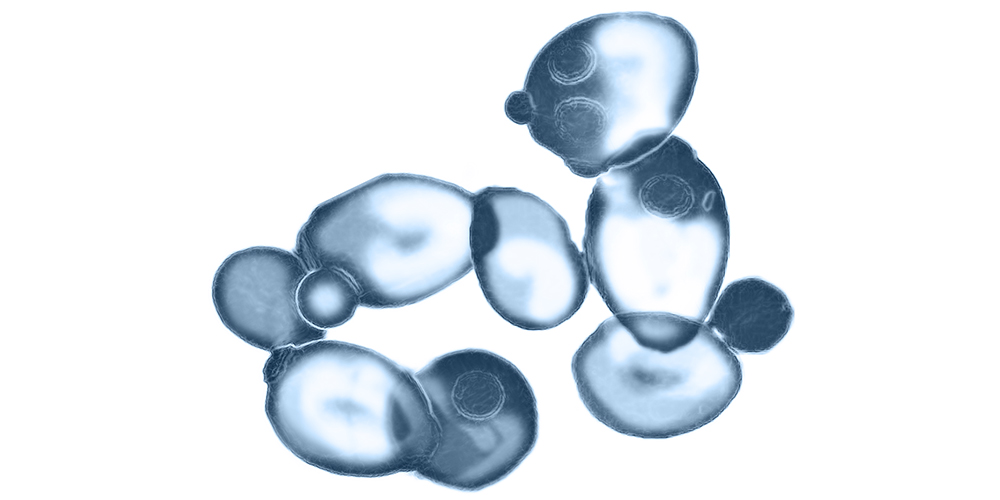This week we take a long look at sake yeast. And we also found the best stories, news, and articles from the Japanese food and beverage industries.
30 Sake Yeast Types & Their Flavor Profiles
Sake yeasts are a big deal but don’t get the credit they deserve. These single-cell fungi basically eat sugar, drink water, and excrete alcohol. These party animals produce a lot of the aroma, flavor, and acidity in sake.
We’ve updated one of our most popular posts with more varieties, more tasting profiles, fermentation characteristics, and more.
Click the link below to geek out on sake yeast.
Japanese Food & Beverage: the Best of the Internet
Curbing Food Waste by Making Strawberry Shochu
In Shibushi City, Kagoshima, local strawberries were set to go to waste. The Coronavirus had closed restaurants that would normally sell them.
But a study session in the city about UN Sustainable Goals sparked an idea. Why not save the strawberries and make something else with them?
That’s where Wakashio Shuzo, a shochu distillery, stepped in. They infused a clean-flavored honkaku sweet potato shochu with strawberries and cardamom to create a new product called F Spirits.
It’s a win-win. The fruity new shochu has helped Wakashio reach a new customer base, while also saving the prized local strawberries from the compost pile.
From my personal experience here in US restaurants, fruit-infused shochu sells significantly better than the stuff right out of the bottle.
Read the whole story about F Spirits innovative shochu.
Micro Sake Brewers Join the Export Market
Japan makes it hard for tiny sake brewers to export their sake. For a long time, brewers had to meet a prohibitively high minimum production volume. But like the story above, we can thank the pandemic for shaking up a flawed paradigm.
The government has reduced the volume a brewer must produce, opening the door for a new generation of tiny breweries.
NHK World-Japan has an insightful video on this development while spotlighting a couple of these new micro kura.
A Group of Spanish Scientists Warn of the Risks of Too Much Tuna
Researchers from the Center for Environmental, Food, and Toxicological Technology recently analyzed hundreds of classic sushi and sashimi dishes. They were looking for potential downsides to the popular Japanese cuisines.
Some of their findings include sashimi being the healthiest option, too much tuna can be bad, and less rice means less arsenic.
It’s not all doom and gloom, of course. But I’ll let Yahoo! Life take over the explaining of this fishy study.
Follow the Japanese Bar on Social Media
Connect with our latest posts, the newest Japanese beverage info, and get exclusive promotional offers. Level up your Japanese food and beverage IQ!
